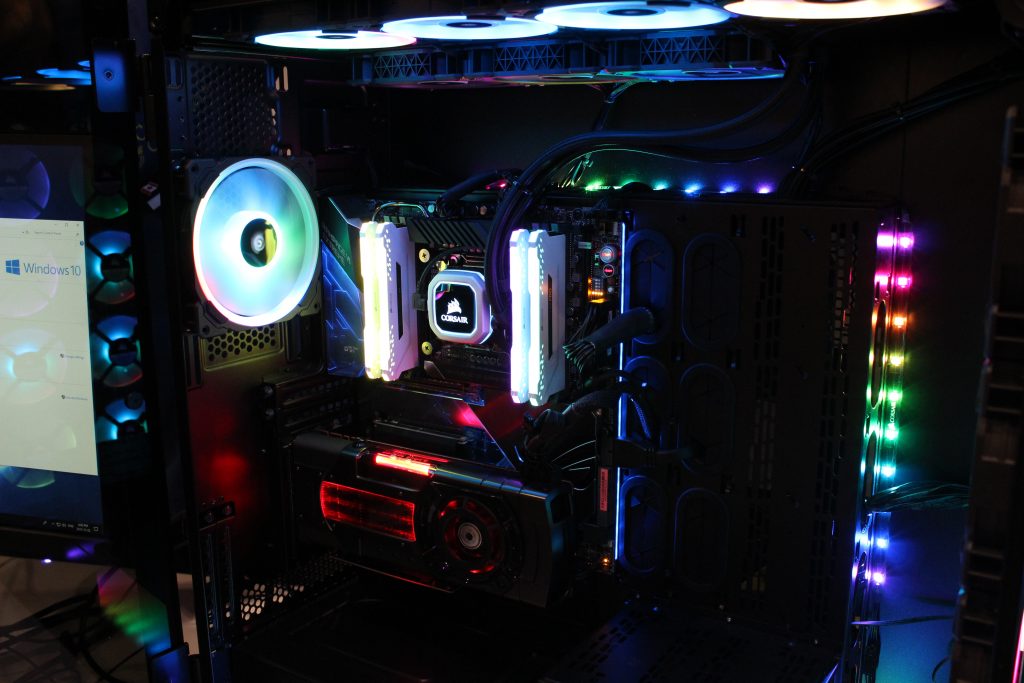
Building your first PC is like a right of passage to serious gamers. While purchasing a pre-built gaming PC is much less complicated, avid gamers will insist that building your own computer is better, due to the fact that you can choose individual components and save cost on labor. The truth is, building a PC can be quite simple – like assembling a LEGO house – as long as you have the right directions.
So, if you’re ready to take the dive and build your first gaming PC, we’re here to help! We’ve assembled a step-by-step guide on PC building, including where to start, what components you need, and how to build a PC that suits you.
PC Budget vs. PC Requirements
The first thing you’ll need to do, even before purchasing the components, is figure out exactly what you need from your PC. Are you a hobby gamer, a serious gamer, or do you just need something to play browser games? Depending on which games you play, you’ll need more powerful components in order to run them properly. Once you’ve assessed your needs, you can make a budget.
While building a gaming PC is more affordable than purchasing a pre-built machine, you’ll still need a decent amount of money to play with. We’d suggest planning between $300 and $1,000. The lower-end of this budget is very entry-level, and you shouldn’t expect to run intensive modern games like Assassin’s Creed Odyssey. If you need your PC to perform well and play cutting-edge games or stream live content, you’ll need to spend closer to $1,000 or more.
Something to keep in mind while choosing your components: Make sure all the parts are compatible with each other before purchasing. You don’t want to accidentally buy parts that don’t mesh well, only to find out after you’ve built your machine. There are many easy-to-read guides online for choosing compatible components.
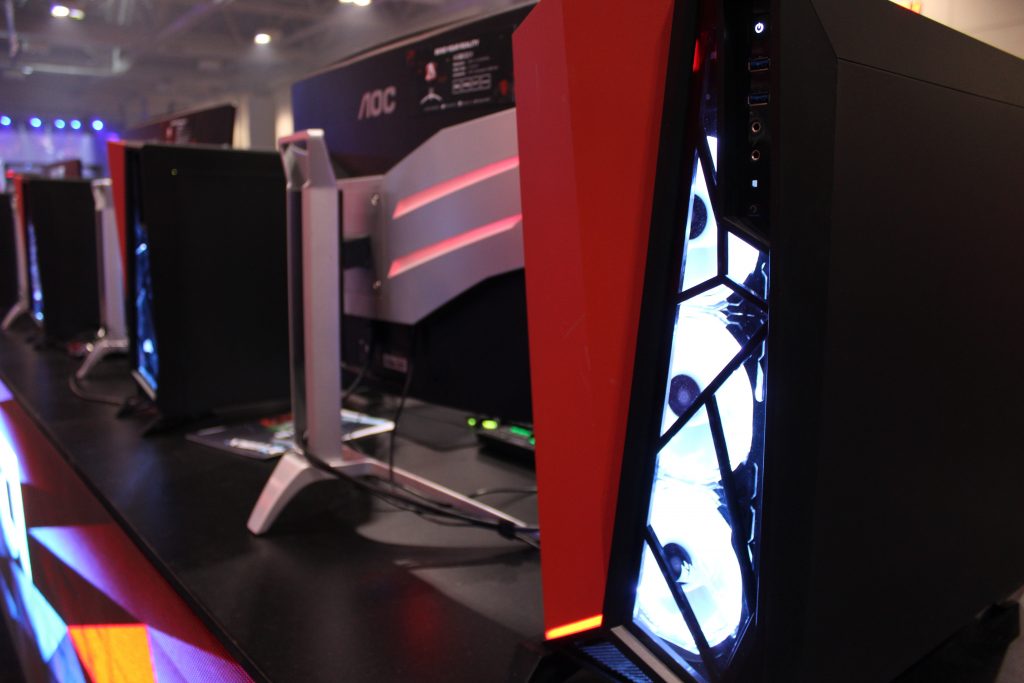
PC Component Buying Guide
Processor (CPU)
The first piece most gamers will choose when building their PC is the Central Processing Unit (CPU). This piece acts as the brain of your computer and is integral for ensuring high Frames Per Second (FPS). With a powerful CPU, your PC will be able to navigate modern, load-heavy games, and handle tasks like live streaming. Keep this in mind if you’re looking to stream on Twitch or Mixer. When choosing a CPU, you’ll need to look at three specifications: clock speed, cores, and age.
Clock speed is how “quick” the processing speed is in gigahertz (GHz), and cores are assigned to multiple tasks in your system. The age is important to guarantee a seamless processing experience. Even though an older CPU may have the same specs as a newer model, technology and its components have improved greatly over time to become more efficient. These changes may seem small, but will make a big difference in the end.
Imagine owning a store and hiring staff. You’ll want to employ people who are efficient (clock speed) and dedicated to working in your store for a long time (age). You’ll also need to make sure you have enough staff to manage your daily tasks and run the store smoothly (cores). Therefore, when choosing a CPU, you should look for something with high GHz, multiple cores, and in the most up-to-date model.
There’s some debate as to whether single-core processors are better for gaming, as they specialize in handling one task, but it’s often recommended to go with a multi-core processor to allow for multi-tasking. If you only want to play games, a single-core processor will be fine, but you’ll need a multi-core if you plan on streaming content, recording, or simply running multiple programs at once.
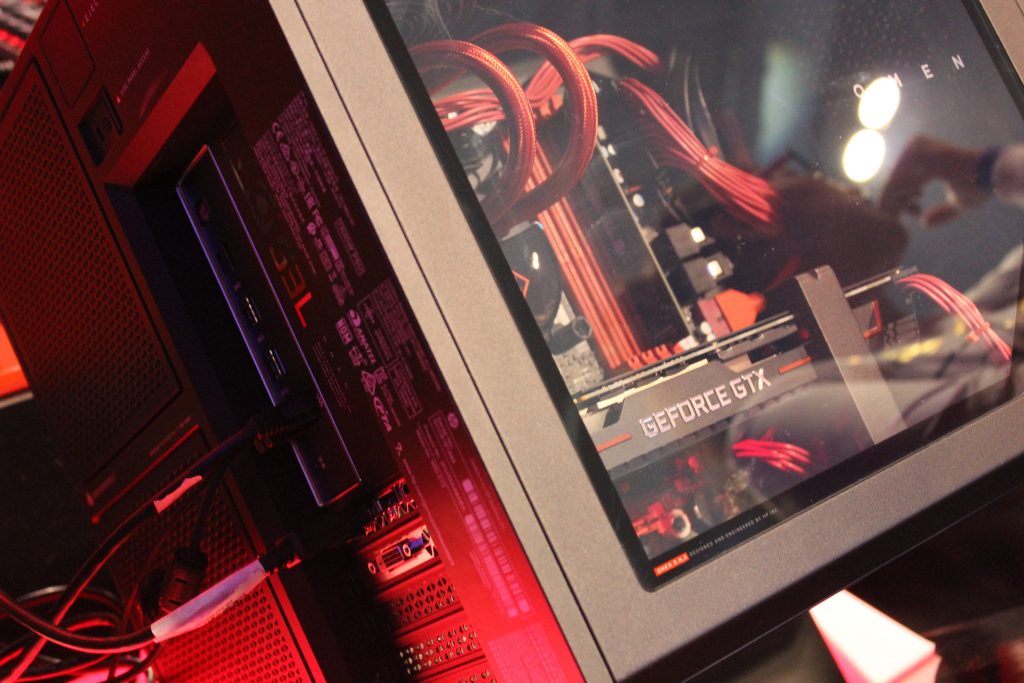
Graphics Card (GPU)
Choosing the right Graphics Card (GPU) will be the most integral process when building your gaming PC. This component is responsible for running games smoothly and rendering them how they were intended. The GPU works with the CPU to identify the imaging of the game and bring it to life, using the resolution and settings you’ve chosen. With visuals being the key aspect to most games and their playability, this is the most important component in your machine. Without a powerful GPU, you won’t be able to play most modern games properly – drops in frame rate, lag, etc.
Due to their importance, most PC builders will recommend spending a decent portion of your total budget on a quality GPU and CPU. Because these two components work in tandem, you’ll want to make sure they are compatible and will perform well together. Buying a cheap CPU could hinder even the best Graphics Card.
When choosing your GPU, you’ll need to look at two specifications: clock speed and Video RAM (VRAM). Clock speed is much less integral, but good to keep in mind when deciding between two similar products.
VRAM is the main specification you’ll be looking at. There are multiple models of Video RAM available, but we recommend sticking with the standard GDDR5 or better. When choosing VRAM, you’ll need to look at the number of gigabytes (GB). Common sense dictates that the higher this number is the better. For GPU-heavy games with high-resolution settings, splurging for 6GB or higher is ideal. If you have to settle for less, you’ll need to lower your settings for most modern games, or simply not play them. In most cases, 4GB of VRAM is adequate for 1080p games with high-definition textures, but 2GB of VRAM will limit you to more standard-definition textures, and may not be enough to power some modern games.
Like some of the other components in this guide, purchasing a GPU can be much trickier than simply looking at a spec sheet. For this component, we’d recommend doing some additional research and product comparisons.
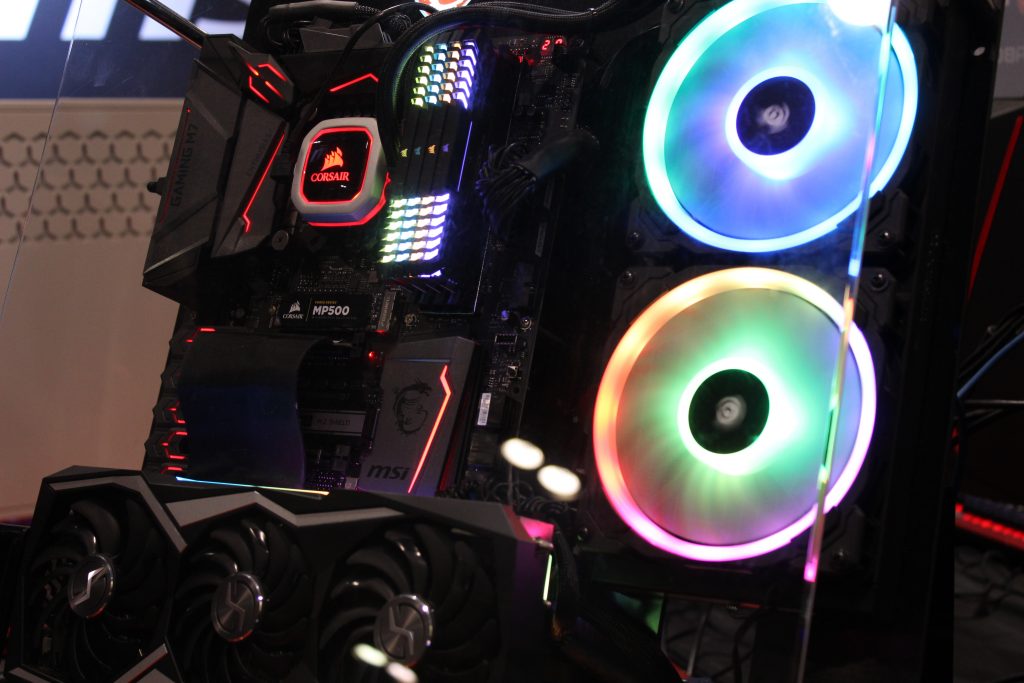
Memory (RAM)
Random Access Memory (RAM) is the next important component when building a gaming PC. RAM works directly with the CPU to control your machine’s performance, making it absolutely necessary to ensure that your RAM and CPU are compatible. Don’t get this confused with the VRAM above.
The industry standard RAM is currently DDR4 – as opposed to the older, slower, DDR3. We recommend sticking with industry standard to avoid sabotaging your machine’s performance capabilities. The better the RAM, the more productive your PC will be. By “productive,” we mean your PC’s ability to multi-task and make use of programs that perform multiple functions. For example, if you’re running editing or recording software, like Pro Tools or Adobe Premiere, you’ll need a larger amount of RAM.
Measuring RAM is similar to measuring VRAM, only the numbers are higher. In this case, 4GB of RAM is the absolute bare minimum and not recommended for PC gaming or editing software. If you’re planning to play anything other than Runescape, you’ll need at least 8GB of RAM. The recommended amount of RAM for gaming PCs is 16GB, or 32GB if you just want to show off – like us! Fortunately, purchasing RAM is quite simple and you’ll find this step a quick “add to cart”.
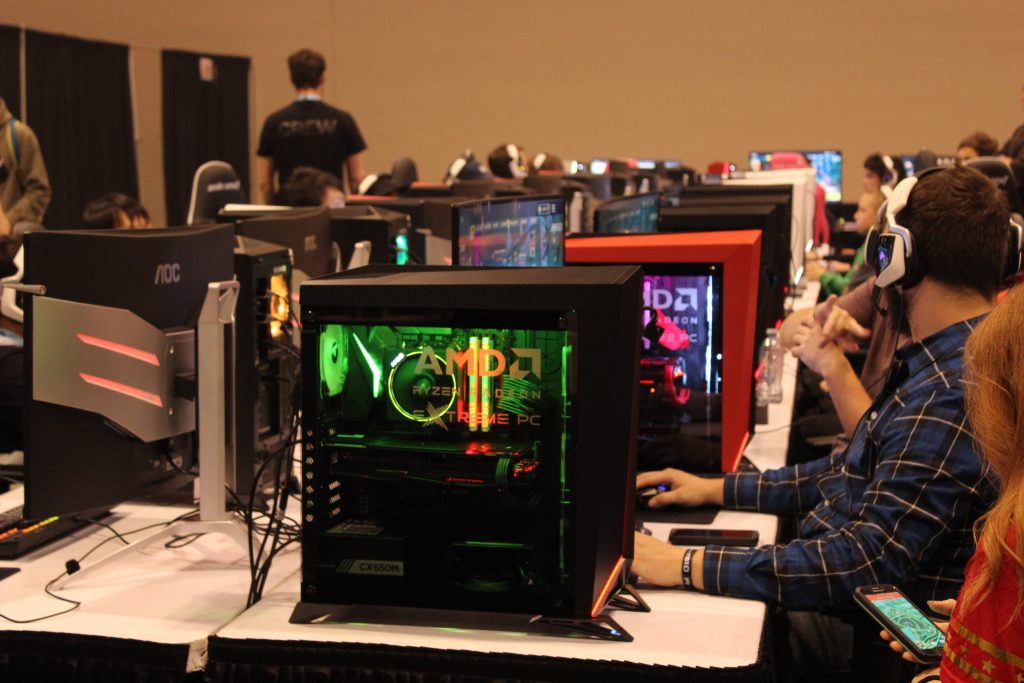
Motherboard (MOBO)
Despite what sci-fi movies will lead you to believe, the Motherboard (MOBO) will have the least effect on your gaming PCs performance. As long as the motherboard you choose is compatible with your CPU and comes from a reputable manufacturer, you’ll be fine.
Choosing a motherboard will come down to whether you want to overclock or not, and how many RAM or PCIe slots you need. PCIe (Peripheral Component Interconnect Express) slots are used to house components like GPU, storage, and RAID cards. The more slots you have, the more room there is for customization and upgrading. Overclocking is the term used to describe boosting a component to perform better than the factory default, such as increasing clock speeds. This is where the explanations can get a bit complicated, so we’d suggest researching a bit further if this is something you’re into.
Essentially, once you’ve determined what you need, you simply need to find a motherboard that has the capabilities and compatibility to power your gaming PC. Like we mentioned before, it’s incredibly important to purchase the motherboard, and other components, from reputable manufacturers. For this, we’d recommend Gigabyte, ASUS, MSI, EVGA, and ASRock. As it’s been said, “buying from a no-name manufacturer is a house fire waiting to happen.”
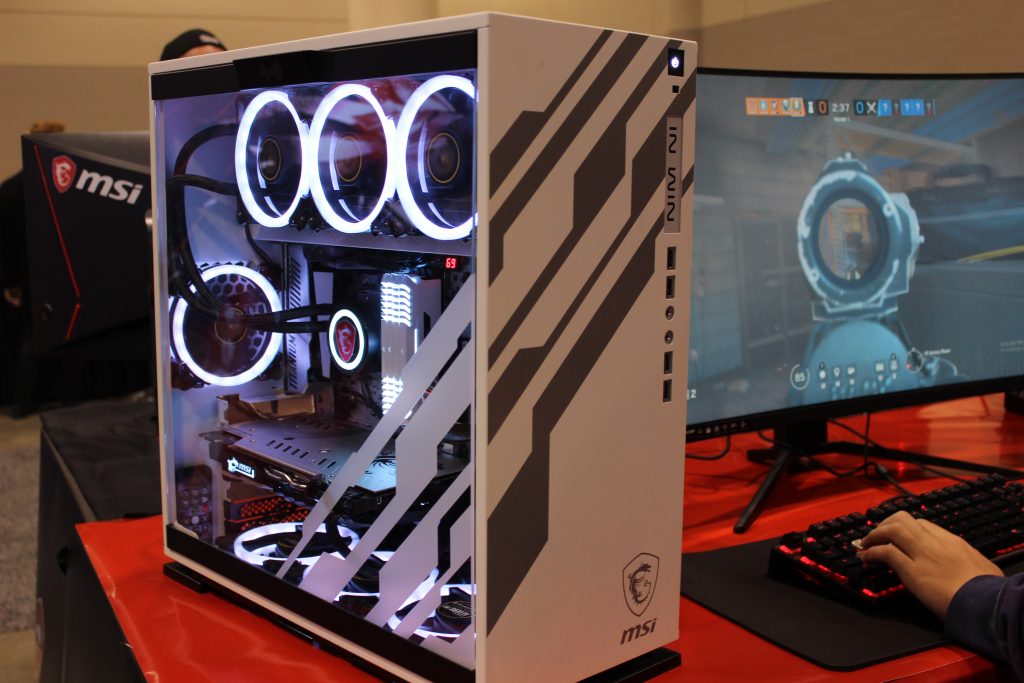
Storage (Solid State Drive vs. Hard Disc Drive)
Storage is perhaps one of the simpler choices you’ll have to make when building your gaming rig. You have two choices: Solid State Drive (SSD) or Hard Disk Drive (HDD).
The difference between an SSD and an HDD is the absence of moving parts. Within a hard disc drive (HDD), you have multiple moving components working together. As logic dictates, more moving parts leaves room for more error, complications, and is typically a slower process – like a clunky cog in a wheel. In comparison to solid state drives (SSD), which have no moving parts, HDDs are also less durable and more susceptible to malfunctioning if bumped. Though we don’t recommend anyone drop their storage drives or gaming PCs, accidents happen.
In addition to being more durable, SSDs are much faster and smaller overall. This means you will have more space in your PC case for multiple drives. We recommend having at least two – one for your operating system (OS) and one for your storage. Most gamers will choose to have one SSD for the operating system and one HDD for standard storage, as it’s much more cost effective – SSDs can be quite expensive! If you can splurge, go for dual-SSD drives.
Another thing to keep in mind is that, much like most specs, the larger the storage space, the better. Some games can take dozens of GBs of space, so anything less than 1TB can be a bit risky. If you’re planning on using this PC to store photos and documents as well, consider getting larger drives. Your OS drive doesn’t need to be too large (128GB is standard), but your standard storage drive, where you’ll be saving games and files, should be anywhere from 1TB to 4TB of space.
When choosing the right storage for your PC, we recommend researching more in-depth and comparing different models and prices. Typically, you should be able to add or upgrade your storage at any time, but it’s always best to start with a solid foundation.
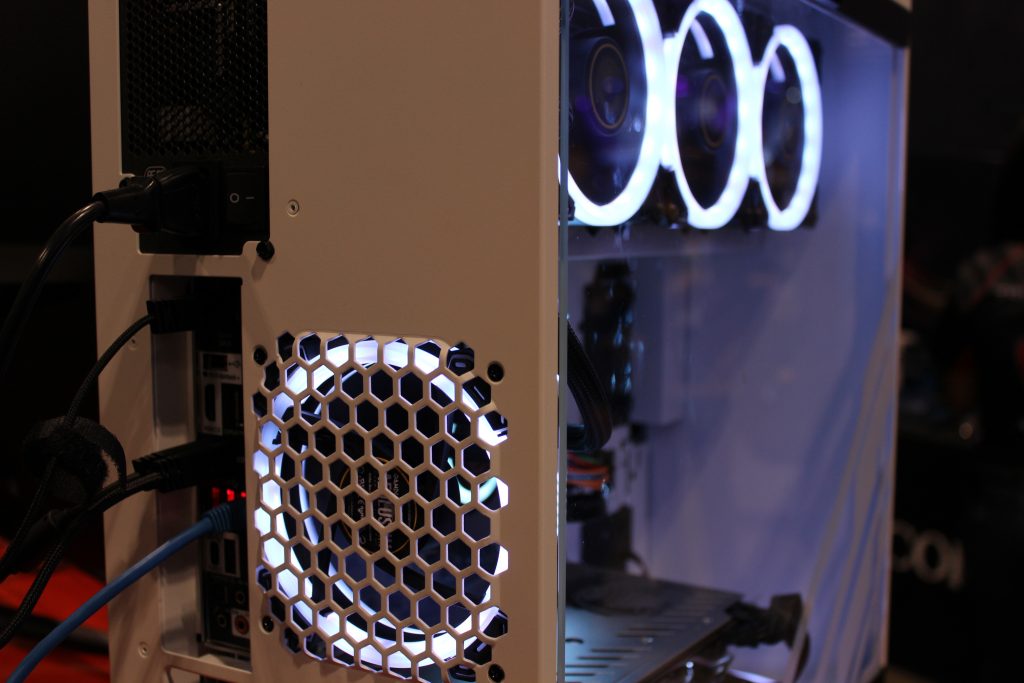
Power Supply Unit (PSU)
Much like the other components above, it’s absolutely necessary to purchase your Power Supply Unit (PSU) from a reputable manufacturer. Other than that, there are only a few specifications you need to meet in order to select the right PSU: make sure you select a high enough wattage for your system (using a wattage calculator), and choose a PSU with a high efficiency rating (80+).
If your wattage doesn’t match or your efficiency rating is lower than the industry standard of 80+, either your PC, house, or both will surely be reduced to ashes. And not in a cool Phoenix way. There are many PSU buying guides available online, but following these simple rules should suffice.
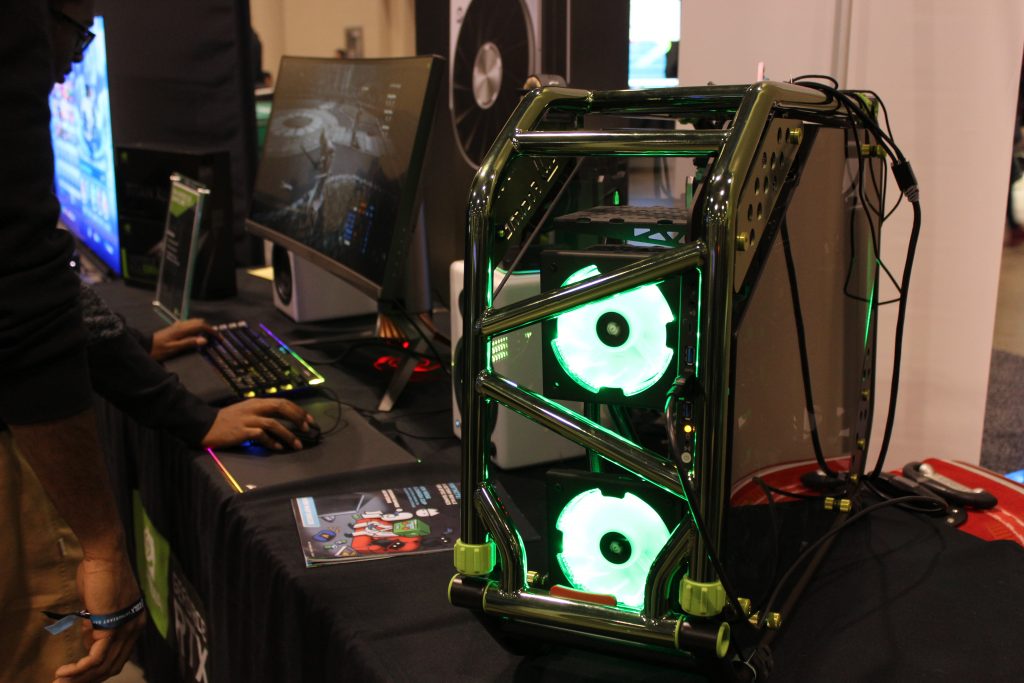
Case or Housing
For anyone interested in the aesthetic of their gaming PC – which obviously we all are – this should be the most exciting step: choosing your PC’s case! This is where you can really get creative with different options, even customizing it down to the last detail. There are dozens of cases available, so we suggest shopping around. All you need to do is follow a few simple parameters.
The first is to make sure you choose a case that fits your components. Don’t buy a mini-PC case if you’ve purchased a giant motherboard and two HDDs. Once you’ve picked the correct size, you’ll need to make sure it supports leading industry features, like USB 3.0 ports and enough display/HDMI slots. We suggest totalling the amount you need and adding a couple extra for safe measure. There’s nothing worse than plugging in your three monitors, only to find out you don’t have enough ports for that Elgato HD60 S you’ve always wanted. Yes, you can purchase external USB or HDMI hubs, but it’s nice to have everything all in one package.
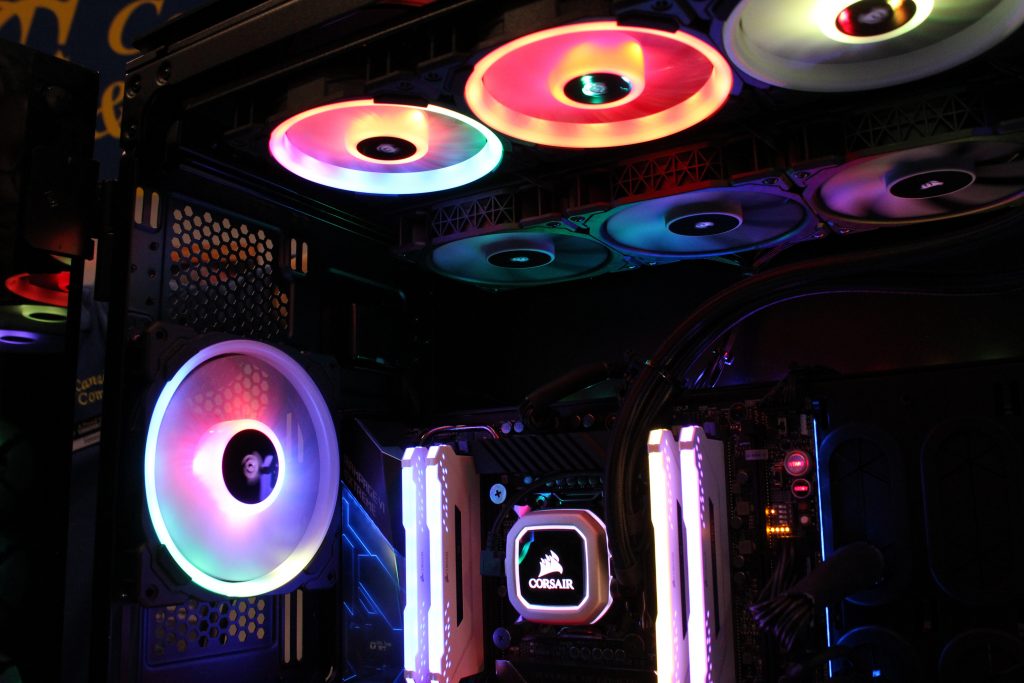
Fans and Cooling System
In addition to selecting the right case based on features, you’ll want to make sure it has, or is compatible with, the cooling system you want. For example, if you plan on taking the liquid-cooling route, you’ll need to choose a PC case that’s physically large enough to house it. If you’re sticking with the standard intake fans and ventilation, make sure the case you’ve chosen either comes with them pre-installed, or has the space available to do so later. Depending on your PC build, you’ll need more or less ventilation and cooling systems. Because this differs from build to build, we suggest looking up reviews or guides on the cooling system you want, in order to make sure it will work with your specific gaming PC build. Also, definitely do some research before installing any liquid-cooling technology. No one likes a soggy motherboard…
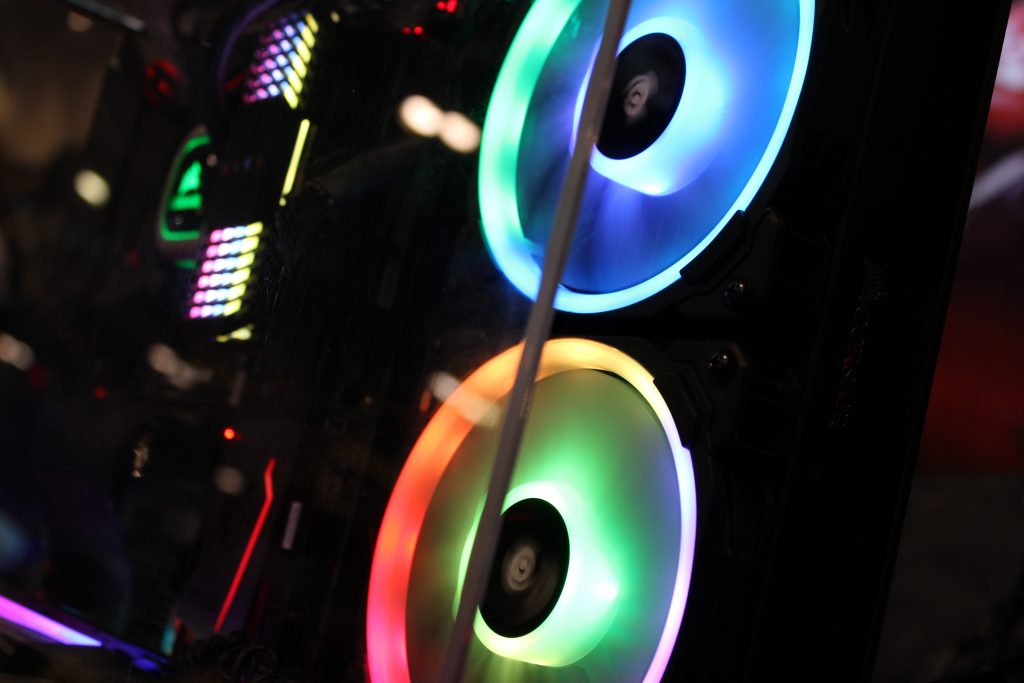
Operating System (OS)
The final piece of the puzzle is your Operating System (OS)! This is as simple as purchasing a version of Windows 10 and installing it. If you’re looking to build a Hackintosh (using Mac OS on your PC), you’ll have to find that info on your own. Personally, we suggest sticking with Windows 10, as opposed to Linux or others, to keep up with industry standards and future-proof your machine. Windows 10 is currently the best operating system available for PC gaming.
Now, all you need to do is put on some gloves, grab your PC tool kit, and start building!
If you want to learn more about how to build a gaming PC, let us know in the comments!
14 Comments
Leave A Comment
You must be logged in to post a comment.


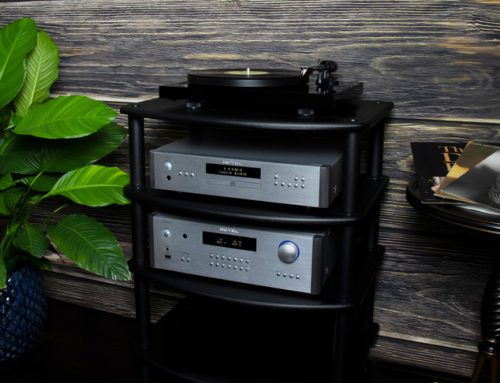
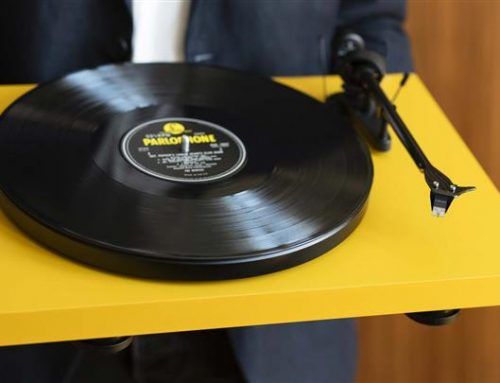
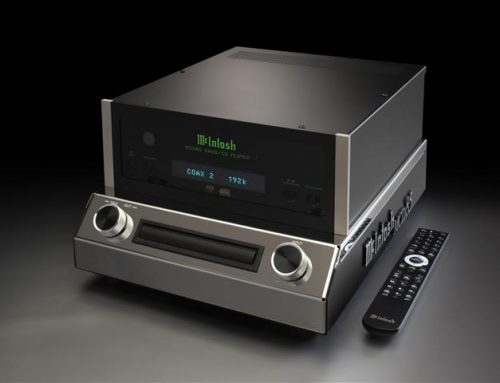
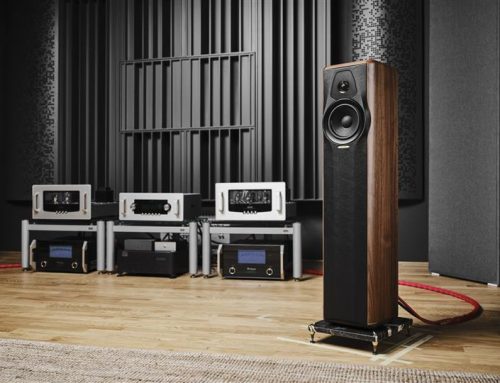
… [Trackback]
[…] Find More to that Topic: novo.press/how-to-build-your-first-gaming-pc/ […]
… [Trackback]
[…] Information to that Topic: novo.press/how-to-build-your-first-gaming-pc/ […]
… [Trackback]
[…] Info on that Topic: novo.press/how-to-build-your-first-gaming-pc/ […]
… [Trackback]
[…] Read More on to that Topic: novo.press/how-to-build-your-first-gaming-pc/ […]
… [Trackback]
[…] Read More on that Topic: novo.press/how-to-build-your-first-gaming-pc/ […]
… [Trackback]
[…] Info on that Topic: novo.press/how-to-build-your-first-gaming-pc/ […]
… [Trackback]
[…] Read More Information here on that Topic: novo.press/how-to-build-your-first-gaming-pc/ […]
… [Trackback]
[…] Find More to that Topic: novo.press/how-to-build-your-first-gaming-pc/ […]
… [Trackback]
[…] There you will find 16632 more Info on that Topic: novo.press/how-to-build-your-first-gaming-pc/ […]
… [Trackback]
[…] Read More to that Topic: novo.press/how-to-build-your-first-gaming-pc/ […]
… [Trackback]
[…] Read More Info here to that Topic: novo.press/how-to-build-your-first-gaming-pc/ […]
… [Trackback]
[…] Find More to that Topic: novo.press/how-to-build-your-first-gaming-pc/ […]
… [Trackback]
[…] Find More on to that Topic: novo.press/how-to-build-your-first-gaming-pc/ […]
… [Trackback]
[…] Here you will find 57208 more Info to that Topic: novo.press/how-to-build-your-first-gaming-pc/ […]